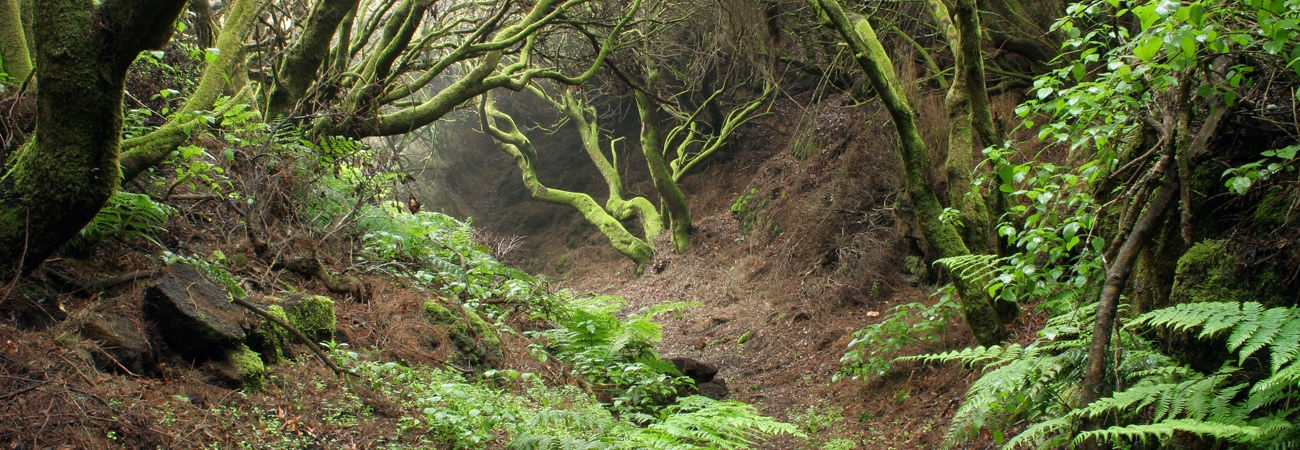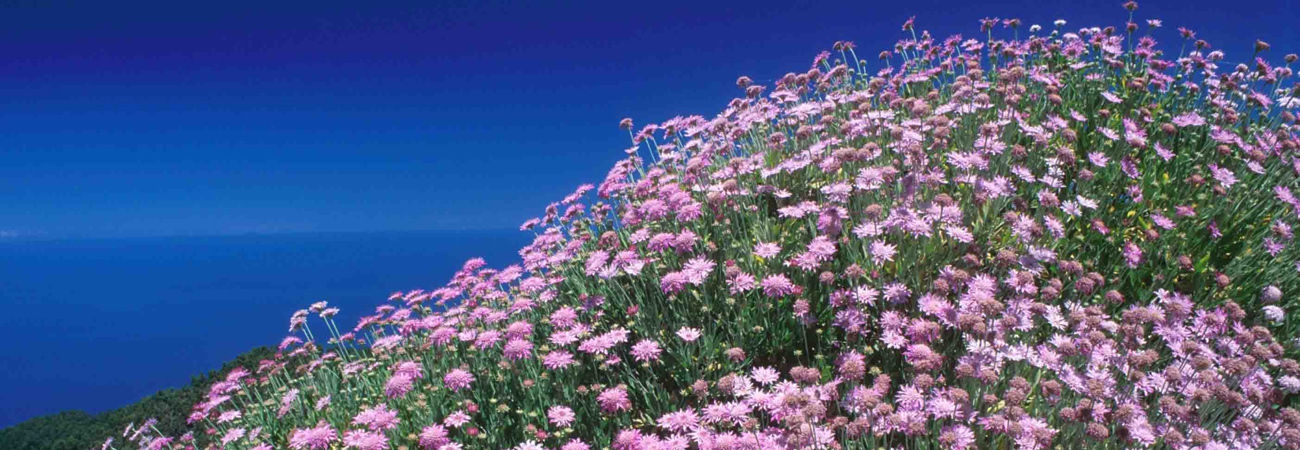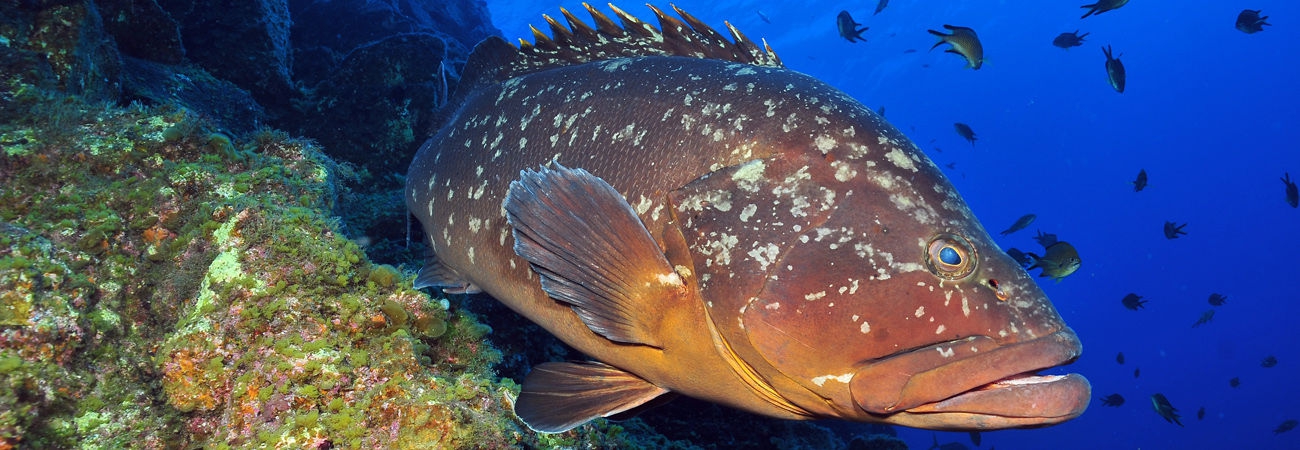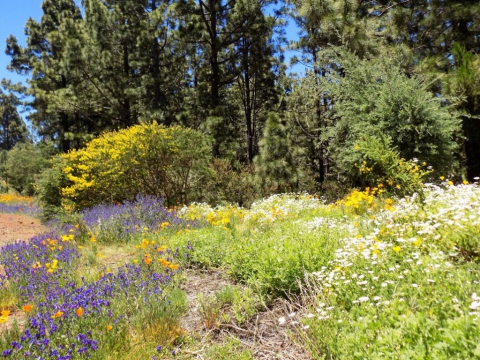The Flora of Tenerife
The flora of Tenerife is directly related to the immediate Atlantic environment, like the rest of the Arcipelago, Madeira, Azores, Cape Verde and Savage Islands, and certain areas of the Northwest African coast, which constitute part of the Macaronesian Region. The island of Tenerife has the most varied climate of the archipelago and this influences the richness of its flora. It has a local flora with many endemic species (approximately 200 endemic species to the Canary Islands and about 150 unique to the island itself), organized according to the temperature and humidity that occurs with altitude, leading to a succession of different bioclimatic stages, to whose environmental conditions species have adapted.
The lower parts of the island´s geography are marked by high salinity, due to its proximity to the sea, high temperatures and low rainfall, which favors the presence of species of low environmental requirements, such as tomillo marino (Frankenia ericifolia), lechuga de mar (Astydamia latifolia), piña de mar (Atractylis preauxiana), salado (Schizogyne sericea), siempreviva/evergreen (Limonium pectinatum) o perejil de mar (Crithmum maritimum). When the influence of salt water splashes down, cardonal-tabaibal (Euphorbia canariensis) appears first in the presence of fresh tabaiba (Euphorbia balsamifera) with higher salt cravings and, far from marine influence, cactus (Euphorbia canariensis), tabaibas amargas (Euphorbia lamarckii) and cornicals (Periploca laevigata). Magarzas or margaritas are also abundant (Argyranthemum frutescens), verodes (Kleinia neriiffolia), balos (Plocama pendula) and matorrisco (Lavandula canariensis).
As humidity rises and temperatures are smoothed when gaining altitude, sized tree species, adapted to drought and high insolation, are developed. This stage of transition is composed of trees such as the Canary Islands palm tree (Phoenix canariensis), dragon tree (Dracanea draco), sabina (Juniperus turbinata), acebuche (Olea europaea) or almácigo or seedbed (Pistacia atlantica), accompanied by a floral parade which depends on local environmental conditions (magarza, cerrajas (sowthistle), chahorras (Sideritis dendro chahorras), tajinastes (Echium Wildpretti or Tower of Jewels), siemprevivas (evergreen or Limonium), sayones).
Under the moist, fresh influence of the stratocumulus sheet grows the Laurisilva, a dense and highly biodiverse wood with a large number of endemisms. Its most characteristic species are laurels (Laurus azorica), tree heaths (Erica arborea), fayas (Myrica faya), small-leaved holly (Ilex canariensis), Canary bellflowers (Canarina canariensis), Visnea mocanera, coralberries (Ardisia bahamensis), Picconia excelsa, Apollonia barbujana, stinkwoods (Ocotea foetens) etc. Accompanying the trees is a significant damp undergrowth that includes species such as the forest bindweed (Convolvulus canariensis), sow thistles, Canary Islands fox gloves (Isoplexis canariensis), Canary mint shrubs (Bystropogon canariensis), etc., as well as numerous bryophytes (mosses and lichens).
At higher altitudes, where the effects of the sea of clouds are not felt, contrasts in climate give a competitive edge to the Canary Island Pine (Pinus canariensis), which is the dominant species in the island’s most extensive woodland formation. Next to this, species of trees from other belts appear in transitional areas but, in general, there is a low level of variety limited to shrubs such as rockroses (Cistus simphytifolius), Lotus Campylocladus, dicot, bugloss, white broom, sticky broom (Adenocarpus foliosus), etc. whose distribution depends on local climatic conditions.
The highest areas are home to thickets of broom (Spartocytisus supranubius, Adenocarpus viscosus, etc.) which are well adapted to high mountain environments and which have a great presence of endemisms. Together with them are other species such as the flixweed (Descurainia bourgeoned), the Teide wallflower (Erysimum scoparium), the tower of jewels (the bugloss Echium wildpretii), with its striking flowers, and the well-known Teide violet (Viola cheiranthifolia).
The existence of unique ecosystems provides numerous possibilities for the flora which, to take advantage of them, have evolved to become highly endemic. Worth of note are the rock-based communities, with arboreal vegetation from all belts, such as the Canary Islands Juniper (Juniperus cedrus), pines, wild olives, etc. and an important presence of shrubs and herbaceous plants (buglosses, verodes, Sonchus acaulis, aeonia, etc.). Additionally, hygrophilous communities and volcanic caves provide habitats rich in endemisms, the best example of which is provided by the waterside willow groves (characterised by the presence of Salix canariensis, the Canary Island willow).










